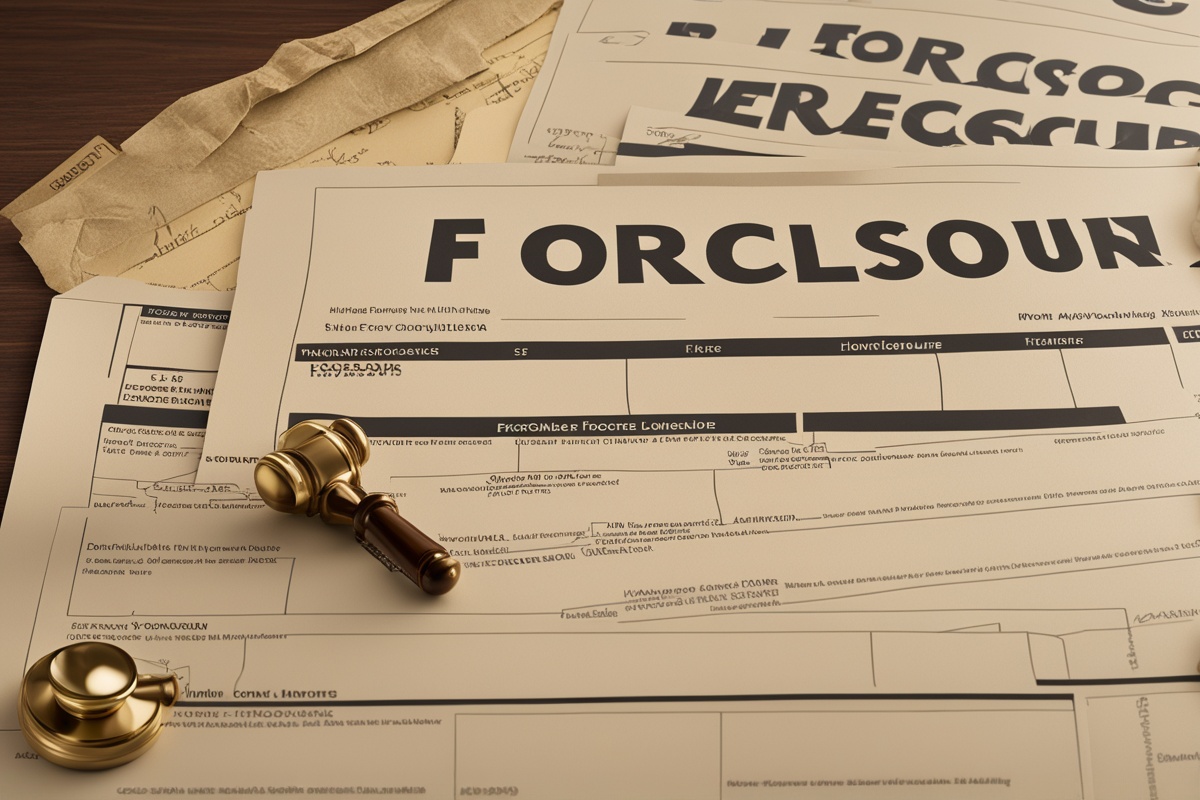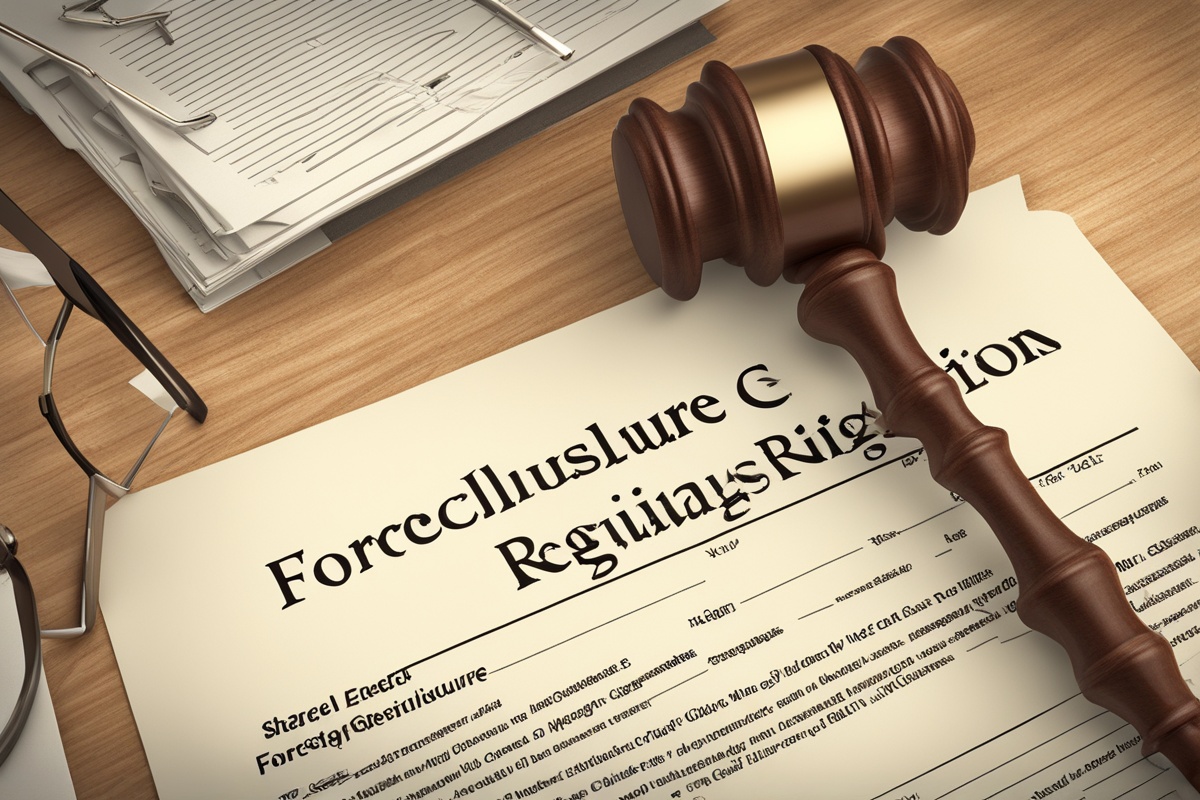Navigating regional compliance rules can feel like trying to solve a puzzle with pieces that keep changing shape. Whether you’re a small business owner expanding into a new state, a healthcare provider adapting to local regulations, or just someone trying to stay on the right side of the law, understanding state-specific laws is no small feat. It’s a complex web of rules that vary not just from state to state but sometimes even from county to county. I’ve spent years helping clients untangle these knots, and I can tell you firsthand—getting it right is worth the effort. In this post, we’ll dive deep into the ins and outs of regional compliance, offering practical tips, real-world examples, and a clear roadmap to keep you on track.
Disclaimer: This article is for informational purposes only, based on general research and personal experience—it’s not a substitute for professional legal, medical, or financial advice, diagnosis, or treatment. Laws and regulations are subject to change, and individual circumstances can significantly impact how rules apply to you. Always consult a qualified attorney, healthcare provider, or relevant professional for personalized guidance before making decisions based on the information provided here. My goal is to offer a helpful starting point, but I’m not liable for any actions taken based on this content.
Why Regional Compliance Rules Matter More Than Ever
Let’s start with the big picture. Why should you even care about navigating regional compliance rules? Well, the stakes are higher than you might think. Non-compliance can lead to hefty fines, legal battles, or even the shutdown of a business. Imagine you’re a telehealth provider based in California, but you’re seeing patients in Texas. Did you know that Texas has strict telemedicine laws, including specific licensing requirements that differ from California’s? One wrong move, and you could be facing penalties—or worse, putting your patients at risk.
I’ve seen this play out in real life. A colleague of mine once worked with a small e-commerce business that failed to register for sales tax in multiple states where they had customers. They thought, “We’re based in one state—why bother?” Fast forward six months, and they were hit with back taxes and penalties that nearly sank the company. The lesson? Regional rules aren’t just red tape; they’re the guardrails that keep your operation safe and legal. Ignoring them isn’t just risky—it’s a gamble you can’t afford to take.
Understanding the Layers of Regional Compliance
Navigating regional compliance rules isn’t a one-size-fits-all endeavor. It’s more like peeling an onion—there are layers upon layers to consider. At the federal level, you’ve got overarching laws that apply everywhere. But then you drill down to state-specific laws, which can contradict or expand on federal guidelines. And don’t forget local ordinances, which might throw in their own curveballs. For example, while federal law under the Affordable Care Act mandates certain healthcare coverages, states like New York or Massachusetts might impose additional requirements for insurers or providers.
Take cannabis laws as a practical case study. Federally, marijuana remains a Schedule I controlled substance. Yet, as of 2023, over 20 states have legalized recreational use, each with its own set of compliance rules for dispensaries, taxation, and patient access. If you’re a healthcare provider recommending medical marijuana, you’ve got to know not just your state’s laws but also how they intersect with federal restrictions. It’s a tightrope walk, and one misstep could have serious consequences. My advice? Start by mapping out the jurisdictions you operate in and identifying the key regulations for each layer. It’s tedious, but it’s the only way to avoid blind spots.
Key Challenges in Navigating Regional Compliance Rules
So, what makes navigating regional compliance rules so tricky? For starters, the sheer volume of information can be overwhelming. States don’t exactly make it easy—laws are often buried in dense legal jargon on outdated government websites. Then there’s the issue of inconsistency. What’s legal in one state might be a felony in another. And let’s not even get started on how quickly these rules can change. A new governor, a legislative session, or even a court ruling can flip the script overnight.
I remember working with a client in the healthcare staffing industry who struggled with varying nurse licensing requirements across states. In some states, nurses needed to complete additional training for specific procedures, while others had reciprocity agreements that made cross-state work a breeze. The client spent months—and thousands of dollars—trying to sort it out before finally hiring a compliance consultant. The takeaway here is simple: don’t underestimate the complexity. If you’re not sure where to start, resources like state government portals or industry associations can be lifesavers. Better yet, consider partnering with a local expert who knows the lay of the land.
Practical Steps to Stay Compliant Across Regions
Alright, let’s get down to brass tacks. How do you actually navigate regional compliance rules without losing your mind? I’ve boiled it down to a few actionable steps that have worked for me and my clients over the years. First, do your homework. Research the specific laws for every state or region where you operate. Websites like the National Conference of State Legislatures (NCSL) are goldmines for up-to-date info on state laws. Second, document everything. Keep a compliance checklist for each region, noting deadlines, licensing requirements, and key contacts. Trust me, having this at your fingertips will save you from a world of hurt.
Third, leverage technology. There are compliance management tools out there—like Avalara for tax compliance or Compliancy Group for healthcare—that can automate much of the heavy lifting. Fourth, build a network of experts. Whether it’s a lawyer, an accountant, or a state-specific consultant, having someone to call when things get murky is invaluable. Finally, stay proactive. Set calendar reminders for renewals or regulatory updates, and subscribe to newsletters from relevant state agencies. It’s not glamorous, but it’s effective.
Need a real-world example? A friend of mine runs a multi-state construction firm. He swears by a compliance app that alerts him to changes in labor laws and safety regulations across the states where his crews operate. It’s not foolproof, but it’s caught issues—like a sudden change in overtime rules in Oregon—that could’ve cost him thousands. The point is, you don’t have to do this alone. Use the tools and resources at your disposal to stay ahead of the curve.
Resources and Support for Regional Compliance
Speaking of resources, let’s talk about where to turn when you’re knee-deep in regional compliance rules. State government websites are a good starting point, though they’re often clunky and hard to navigate. For healthcare-specific rules, the Centers for Medicare & Medicaid Services (CMS) offers state-by-state breakdowns of policies. If you’re in business, check out the Small Business Administration (SBA) for guides on state licensing and tax requirements. And don’t overlook industry-specific forums or trade groups—they often have insider tips you won’t find elsewhere.
For deeper dives into related topics, I recommend exploring some of our other posts. If you’re in healthcare, take a look at our guide on Telehealth State Laws and Licensing for a breakdown of telemedicine regulations. For business owners, our article on State Tax Compliance Basics offers a primer on navigating sales and use taxes. And if you’re dealing with labor laws, don’t miss our piece on Multi-State Employment Regulations for tips on managing a distributed workforce.
Final Thoughts on Navigating Regional Compliance Rules
At the end of the day, navigating regional compliance rules is about diligence, adaptability, and a willingness to ask for help when you need it. It’s not a sprint—it’s a marathon. But with the right approach, you can turn what feels like an insurmountable challenge into a manageable process. Remember that colleague I mentioned earlier, the one with the e-commerce tax fiasco? They eventually got back on track by hiring a state-specific accountant and implementing a strict compliance calendar. It wasn’t easy, but they’re still in business today because they took the problem seriously.
So, where do you stand with regional compliance? Are you confident you’ve got all your bases covered, or are there gaps you need to address? Whatever your situation, take it one step at a time. Start small, stay informed, and don’t hesitate to lean on experts when the going gets tough. Compliance might not be the most exciting part of your work, but it’s the foundation that keeps everything else standing. And isn’t that worth a little extra effort?
References
- National Conference of State Legislatures (NCSL) – State Medical Marijuana Laws
- Centers for Medicare & Medicaid Services (CMS) – State Plans and Policies
- Small Business Administration (SBA) – Register Your Business by State
- Health Affairs – State Variations in Telehealth Policy and Reimbursement
This content is for informational purposes only and not a substitute for professional advice.





